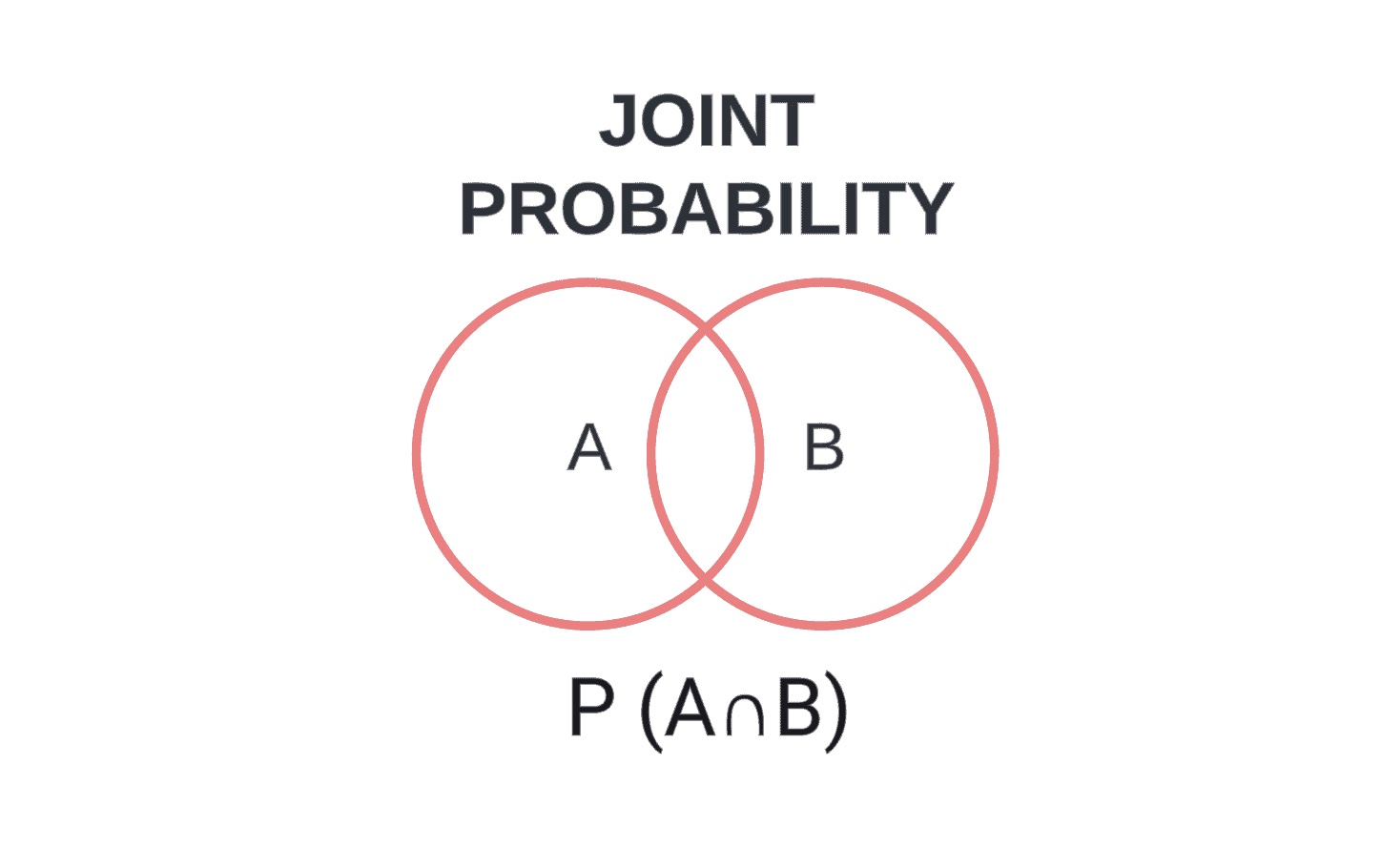Introduction
Artificial Intelligence (A.I.) has made remarkable strides in recent years, evolving from a futuristic concept to a tool that is becoming increasingly integrated into everyday life. A.I. chatbots, like OpenAI’s ChatGPT, have become capable of writing poetry, summarizing books, and engaging in conversations that often feel indistinguishable from human interaction. Despite these advancements, A.I. still has notable limitations, particularly in mathematics—a subject where precision is paramount. This article delves into why A.I., despite its impressive capabilities, often struggles with mathematical tasks and what this reveals about the current state of artificial intelligence.
The Evolution of A.I.: From Calculations to Conversations
To understand why A.I. struggles with math, it’s crucial to examine how artificial intelligence has evolved. Historically, computers were designed as machines that excelled in performing calculations. From the 1940s onward, the essence of computing was mathematical precision. Computers were tireless, fast, and accurate—traits that made them ideal for tasks that involved large-scale calculations.
In those early days, computers followed strict, step-by-step instructions, executing complex algorithms with incredible speed and accuracy. These machines were powerful, but they were also rigid. This rigidity meant that early attempts at creating A.I. hit significant roadblocks, as traditional computing paradigms were not well-suited for tasks that required flexibility, such as natural language processing.
A significant shift occurred with the advent of neural networks, a technology loosely modeled on the human brain. Unlike traditional computers, which relied on predefined rules, neural networks could learn by analyzing vast amounts of data. This approach enabled A.I. to generate language by predicting what word or phrase is most likely to come next—a method that closely mirrors human language processing.
Despite this breakthrough, the transition from rule-based computing to probabilistic models marked a departure from the math-centric origins of computing. While neural networks excel in generating language, they often struggle with tasks that require strict mathematical accuracy. This divergence is at the heart of A.I.’s difficulties with math.
Also Read: What is Argmax in Machine Learning?
Why A.I. Struggles With Math
A.I. chatbots, despite their advanced capabilities, often stumble when it comes to solving mathematical problems. The root of this issue lies in the way these systems are designed. A.I. chatbots like ChatGPT are optimized for language tasks, which involve determining probabilities rather than executing precise calculations. Language is inherently flexible and forgiving, allowing for multiple ways to express the same idea. Mathematics, on the other hand, is exacting and unforgiving—there is usually only one correct answer to a given problem.
Kristian Hammond, a computer science professor and artificial intelligence researcher at Northwestern University, points out that A.I. chatbots were never designed to excel in mathematics. Their primary function is to generate text that sounds human-like, based on the data they have been trained on. This design focus explains why A.I. chatbots often perform better in tasks that involve understanding and generating language, such as writing poetry or summarizing books, rather than solving math problems.
The difference between language and math extends to the fundamental operations of A.I. systems. While language tasks involve predicting the next word in a sequence based on probabilities, math requires following strict rules and procedures to arrive at a correct answer. A.I. chatbots, trained on vast amounts of text data, are skilled at mimicking human language patterns, but they are not inherently equipped to handle the rigid structure of mathematical reasoning.
Mathematical Concepts
Mathematical concepts play a crucial role in the development of Artificial Intelligence (AI) and machine learning models. These intelligent machines rely on a deep understanding of mathematical operations and advanced algorithms to perform complex calculations that exceed human capabilities. The progress made in the artificial intelligence field is largely due to the application of mathematical content in training machine learning algorithms, such as vector machines, which enable these systems to handle repetitive tasks with remarkable efficiency. As AI continues to evolve, the integration of mathematical concepts remains essential for achieving greater accuracy and precision in various applications.
The mathematical capabilities of AI are not just limited to executing basic math but extend to abstract reasoning and logical reasoning, areas where traditional computational methods have limitations. Machine learning models, trained on large public databases, demonstrate steady progress in their ability to mimic human cognitive abilities, particularly in areas requiring mathematical understanding and critical thinking. Despite these advances, there is still a significant gap between the mathematical capabilities of AI and the deep understanding that human experts bring to the table. Bridging this gap is a key challenge for researchers in the artificial intelligence field.
In the pursuit of enhancing AI’s mathematical understanding, researchers are focusing on improving the mathematical operations within machine learning models. This effort is crucial for enabling intelligent machines to perform more complex calculations with higher accuracy. As AI systems are increasingly tasked with solving problems that require a deep understanding of mathematical concepts, the role of advanced algorithms in driving this progress becomes even more pronounced. The future of AI will depend on its ability to not only replicate but also enhance human capabilities in mathematical reasoning, paving the way for more sophisticated and reliable AI solutions.
Also Read: Could AI Replace Humans?
A New Paradigm: The Impact of Neural Networks on A.I.
The introduction of neural networks has been a game-changer in the field of artificial intelligence. These networks, inspired by the way the human brain processes information, allow A.I. systems to learn from experience rather than relying on predefined rules. This learning capability has enabled significant advancements in areas like natural language processing, image recognition, and even playing complex games like chess and Go.
The probabilistic nature of neural networks means that they are better suited to tasks that involve pattern recognition and prediction rather than precise calculations. In language tasks, where there is often no single correct answer, neural networks excel. They can generate coherent and contextually appropriate responses based on the patterns they have learned from vast amounts of text data.
In contrast, math problems require a level of precision that probabilistic models struggle to achieve. For example, solving a math problem often involves following a series of steps that must be executed in a specific order. Any deviation from this process can result in an incorrect answer. Because neural networks generate responses based on probabilities rather than deterministic rules, they are prone to making errors in tasks that require exact solutions, such as solving multi-step math problems.
Case Studies: A.I. and Math in Education
The limitations of A.I. in mathematics have become particularly evident in the field of education, where chatbots are increasingly being used as tutoring tools. Khan Academy, an educational nonprofit, has been experimenting with an A.I. chatbot tutor known as Khanmigo. Initially, Khanmigo attempted to solve math problems on its own, but the results were often inconsistent. In response, Khan Academy made a significant change: they began sending many numerical problems to a calculator program instead of relying solely on the A.I. chatbot.
This approach highlights a critical aspect of current A.I. technology: while it excels in generating text and simulating conversation, it still relies on traditional computing methods for tasks that require mathematical precision. When students use Khanmigo to solve math problems, they now see the words “doing math” on their screens as the chatbot waits for the calculator program to complete the calculations. This hybrid approach ensures that students receive accurate answers while still benefiting from the chatbot’s conversational abilities.
A similar workaround has been implemented in ChatGPT, which also uses a calculator program for tasks involving large-number division and multiplication. This reliance on external tools underscores the current limitations of A.I. in handling complex mathematical problems independently. While A.I. chatbots have made significant progress in recent years, their struggles with math reveal that there is still much work to be done.
The Debate Over the Future of A.I.
The challenges A.I. faces in mathematics have fueled a broader debate within the artificial intelligence community about the best way forward. On one side of the debate are those who believe that the current trajectory of A.I. development—primarily through large language models—is the most promising path toward achieving artificial general intelligence (A.G.I.). This viewpoint is prevalent in Silicon Valley, where companies are investing heavily in the development of ever-larger neural networks.
Proponents of this approach argue that as these models are trained on more data and powered by increasingly sophisticated computing resources, they will continue to improve and eventually overcome their current limitations, including those in mathematics. They see the evolution of A.I. as a gradual process of refining and expanding the capabilities of large language models until they reach a level of performance that rivals human intelligence in all areas.
There are skeptics who question whether this approach will be sufficient to achieve true A.G.I. One of the most vocal critics is Yann LeCun, the chief A.I. scientist at Meta. LeCun argues that while large language models have achieved impressive results in specific tasks, they lack a fundamental understanding of the world. He believes that A.I. systems need to develop “world modeling” capabilities, which would enable them to learn how the world works in a more holistic and human-like manner.
LeCun’s vision for the future of A.I. involves creating systems that can reason, understand cause and effect, and apply common sense to new situations—capabilities that current neural networks do not possess. He acknowledges that developing such systems may take a decade or more, but he believes that this broader approach is necessary to overcome the limitations of current A.I. technology, particularly in areas like mathematics.
Also Read: How Can We Make Chatbots Intelligent?
Practical Implications: A.I. in the Real World
Despite the ongoing debate about the future of A.I., there is no denying that current A.I. technologies are already having a significant impact on various industries. Companies like Meta are incorporating A.I.-powered smart assistant software into their social media services, including Facebook, Instagram, and WhatsApp. While these systems may not yet possess the advanced reasoning capabilities that LeCun envisions, they are still able to perform a wide range of tasks that enhance user experiences.
In other sectors, A.I. is being used to improve decision-making processes, streamline operations, and provide new insights. David Ferrucci, who led the team that built IBM’s Watson computer, is now focused on developing software that improves business decision-making in fields like finance, travel, and drug discovery. His company, Elemental Cognition, uses a combination of large language models and more traditional, rules-based software to achieve the level of precision required for these high-stakes applications.
Ferrucci’s approach highlights an important consideration for the future of A.I.: while neural networks and large language models offer significant advantages in certain areas, there are still many situations where traditional computing methods are essential. In fields where precision is critical—such as banking, supply chains, and air traffic control—the reliability of structured, rule-based software remains indispensable.
A.I. in Education: Opportunities and Challenges
The integration of A.I. into education has generated both excitement and concern. On one hand, A.I. chatbots have the potential to revolutionize the way students learn by providing personalized tutoring and immediate feedback. On the other hand, the limitations of A.I. in subjects like math raise questions about the reliability of these tools as educational aids.
Kirk Schneider, a high school math teacher in New York, acknowledges the inevitability of A.I. in education but emphasizes the importance of accuracy in mathematical instruction. While A.I. chatbots can be valuable resources for students, they must be used with caution, particularly when it comes to subjects where precision is non-negotiable.
Schneider has found a way to turn the occasional mistakes made by A.I. chatbots into teaching opportunities. By encouraging students to compare their answers with those generated by the chatbot, he helps them develop critical thinking skills. This approach teaches students to analyze information critically and not to take A.I. outputs at face value—an important lesson in an era where technology plays an increasingly prominent role in education.
Conclusion: The Future of A.I. and Math
A.I. has made incredible advances in recent years, but its struggles with math reveal that there are still significant challenges to overcome. The current generation of A.I. chatbots excels in language-based tasks but falls short when it comes to the precision required for mathematical reasoning. As researchers and developers continue to refine these systems, it is clear that a more comprehensive approach may be necessary to achieve the level of performance that A.G.I. promises.
For now, the hybrid approach of combining neural networks with traditional computing methods offers a practical solution to A.I.’s math problem. This strategy allows A.I. systems to capitalize on their strengths in language processing while relying on established tools for tasks that require mathematical accuracy. As the field of A.I. continues to evolve, it will be interesting to see how these technologies develop and what new breakthroughs may emerge.
The future of A.I. is undoubtedly bright, but it is also complex. By understanding both the strengths and limitations of current A.I. systems, we can better navigate the challenges and opportunities that lie ahead.
Resources
Bishop, Christopher M. “Pattern Recognition and Machine Learning.” Springer, 2006, www.springer.com/gp/book/9780387310732.
Goodfellow, Ian, et al. “Deep Learning.” MIT Press, 2016, www.deeplearningbook.org.
Russell, Stuart, and Peter Norvig. “Artificial Intelligence: A Modern Approach.” 4th ed., Pearson, 2020, www.pearson.com/us/higher-education/program/Russell-Artificial-Intelligence-A-Modern-Approach-4th-Edition/PGM915098.html.
Mitchell, Tom M. “Machine Learning.” McGraw-Hill, 1997, www.mheducation.com/highered/product/machine-learning-mitchell/M9780070428072.html.
Hastie, Trevor, et al. “The Elements of Statistical Learning: Data Mining, Inference, and Prediction.” 2nd ed., Springer, 2009, www.springer.com/gp/book/9780387848570.



